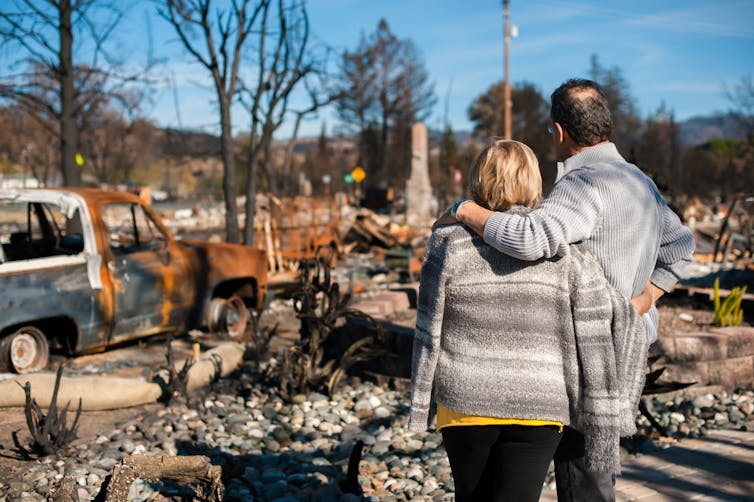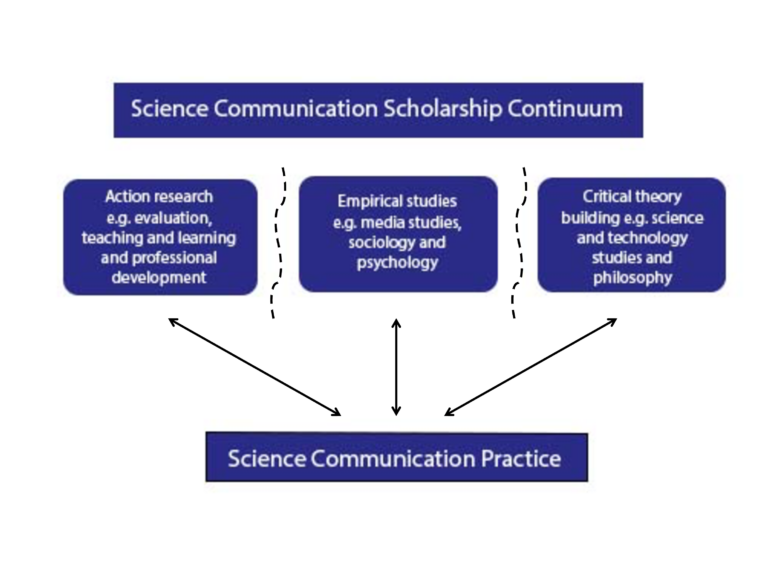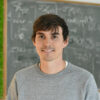As a science communication scholar, I’ve always supported vaccination and trusted medical experts – and I still do. As a new mom, however, I’ve been confronting new-to-me emotions and concerns while weighing decisions about my son’s health.
Vaccines are incredibly effective and have minimal risks of side effects. But I began to see why some parents may hesitate because of the flood of content, especially online, about potential vaccine risks.
Part of what makes vaccine misinformation persuasive is its use of storytelling. Antivaccine advocates share powerful personal experiences of childhood illnesses or alleged vaccine side effects. It is rare, however, for scientists to use the same storytelling strategies to counter misinformation.
In my book “Science v. Story: Narrative Strategies for Science Communicators, I explore how to use stories to talk in a compelling way about controversial science topics, including vaccination. To me, stories contain characters, action, sequence, scope, a storyteller, and content to varying degrees. By this definition, a story could be a book, a news article, a social media post, or even a conversation with a friend.
While researching my book, I found that stories about science tend to be broad and abstract. On the other hand, science-skeptical stories tend to be specific and concrete. By borrowing some of the strategies of science-skeptical stories, I argue that evidence-backed stories about science can better compete with misinformation.
To make science’s stories more concrete and engaging, it’s important to put people in the story, explain science as a process, and include what people care about.

Stories hit home more when they include human characters and not just forces of nature.
VladTeodor/iStock via Getty Images Plus
Put people in the story
Science’s stories often lack characters – at least, human ones. One easy way to make better stories is to include scientists making discoveries or performing experiments as the characters.
Characters can also be people affected by a scientific topic, or interested in learning more about it. For example, stories about climate change can include examples of people feeling the effects of more extreme weather events, such as the devastating impacts of California wildfires on local communities.
Characters can also be storytellers who are sharing their personal experiences. For example, I started this article with a brief discussion of my personal vaccine decisions. I was not a hidden or voiceless narrator, but someone sharing an experience that I hope others can relate to.
Explain science as a process
People often think of science as objective and unbiased. But science is actually a human practice that constantly involves choices, missteps and biases.
At the beginning of the COVID-19 pandemic, for example, the medical advice was not to mask. Scientists initially thought that masks didn’t prevent…



